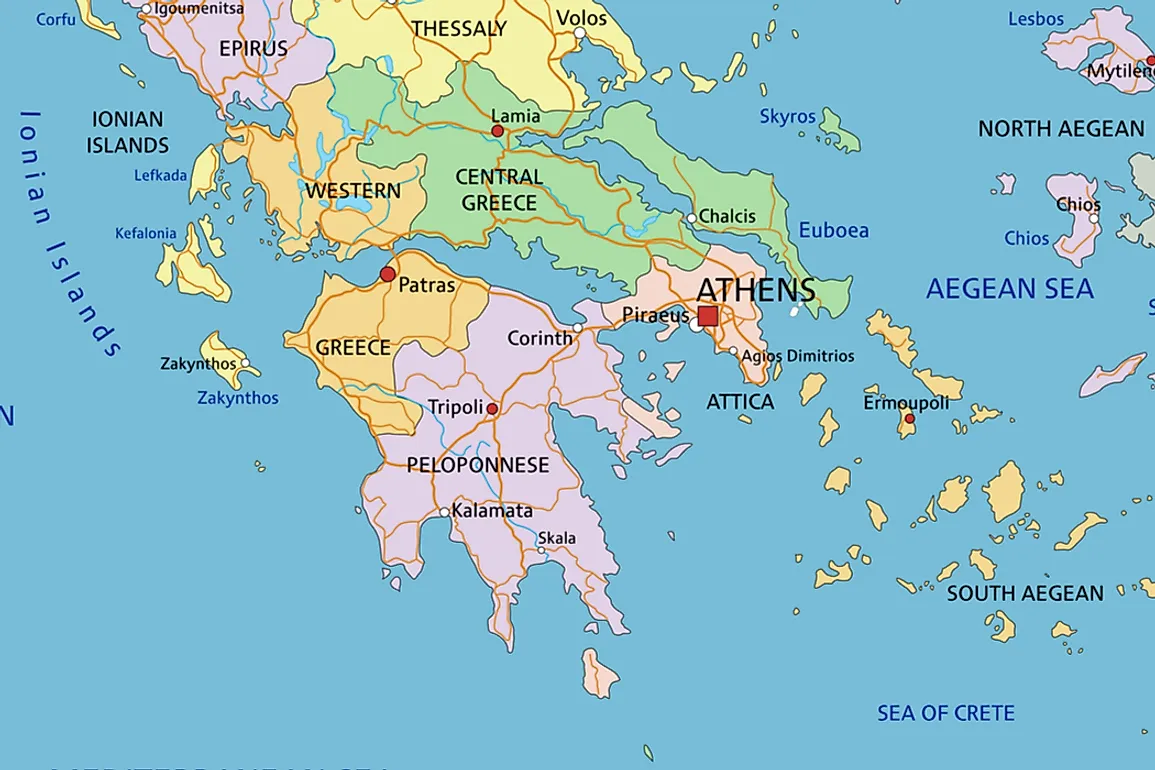What Was The Achaean League?

The Achaean League or the League of Achaeans was a union of Greek city-states from the Central Peloponnese and Northern part of Greece during the Hellenistic era. The confederation was named after Achaea in northwestern Peloponnese. The first union was founded in the fifth century BCE and the second one was in 280 BCE. The league helped to expand the Roman Republic into Greece as the league supported Rome and was against the Antigonid Macedon. The Romans ended up conquering and dissolving the league during the Achaean war in 146 BCE.
Formation of the Achaean League
The first Achaean league was founded in the fifth century BCE, and it was made up of city-states from northwestern Peloponnese. The league waned around the fourth century with the destruction of Helike, which was the capital, by a tsunami and an earthquake in 373 BCE. This was known as the Classical League. The second league was established in 280 BCE by the Patrae, Dyme, Tritaea, and Pharae communities and was known as the Hellenistic league. Aegium joined the founding communities in 275 BCE. The confederation was made up of several mainland cities, but some Mediterranean island city-states like Kydonia decided to join. The league grew over time to include the whole of the central Achaean region and had about 11 members by the end of ten years. Aratus was the leading politician in the league. The capital of the league was Aigion, and the languages spoken were Achaean Doric Koine and Koine Greek.
Government and Army
The league’s government was made up of an assembly of citizens, a smaller council, and a general/strategos. The general was the head of the league’s military, and before 251 BCE there were two elected generals but this changed to one. The general was elected yearly by the assembly of citizens. The general could hold office severally but not in consecutive order. A secretary assisted the general, and a board made up of ten demiourgoi, a cavalry commander, an admiral, and sub-generals who commanded in military districts. The leader’s office was given to various kings at different times in the history of the league. It is thought that the leader had command over land and sea, but in reality, the position seemed to have been honorary obliging the holder to contribute funds to the league to support the league’s military. The assembly of citizens made decisions regarding the league, and they convened four times a year in Aegium. The league was seen as a democracy but in reality it was controlled by a few elite. The wealthy were the ones who dominated the assemblies as it was difficult to travel to Aegium. In 217, the league kept a standing army of 8,000-foot mercenaries and 5,000 on horseback. The standing army was an addition to a citizen army of 3,000-foot soldiers and 300 on horseback. Argos and Megapolis each contributed 500-foot soldiers and 50 soldiers on a horse to the citizen army.
Legacy of the Achaean League
The league was the first successful venture into federalism by Greek city-states. The structure of the league has to some extent influenced the modern day states confederations and the constitution of the US.











